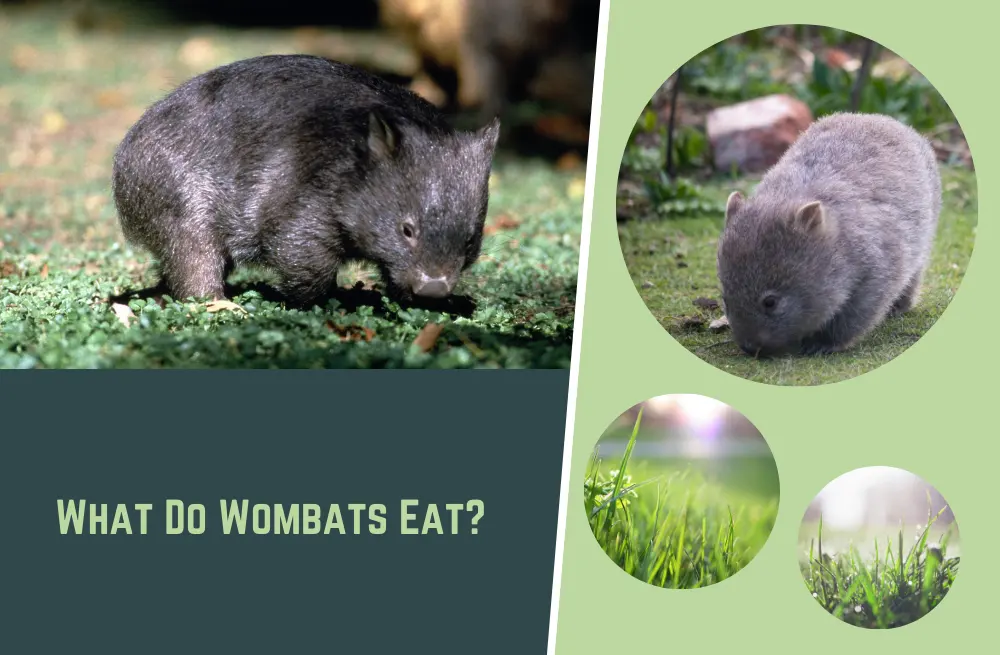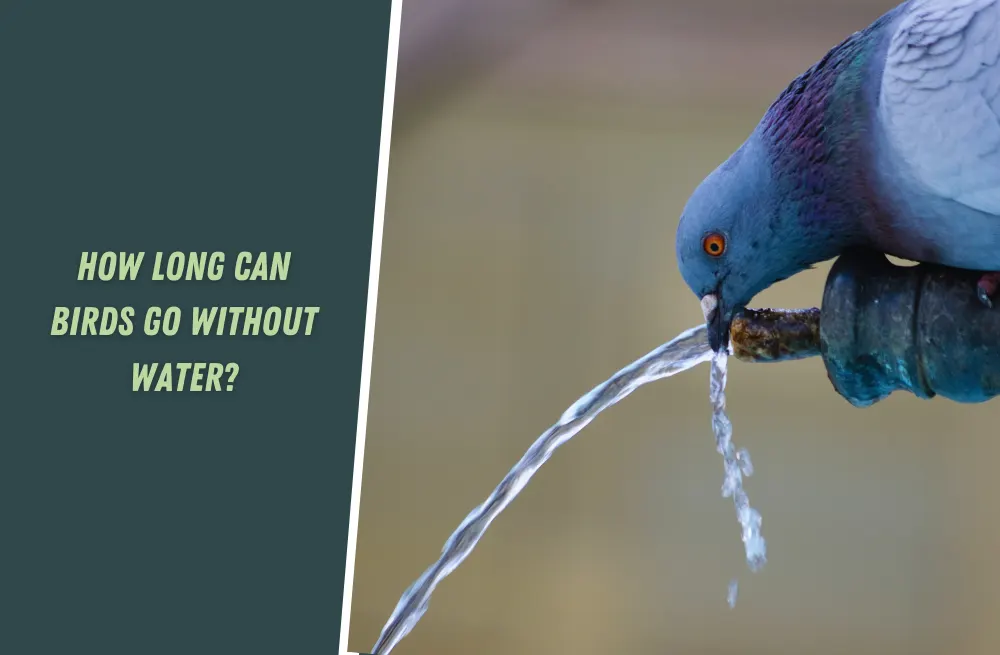Wombats poop cubes due to their unique digestive system and the specialized structure of their intestines. The shape of their feces is a result of a combination of factors. Firstly, the wombat’s intestines have two stiff and two flexible regions, which play a role in shaping the feces.
Secondly, as the feces move through the colon, the drying process takes place, causing the material to solidify and form distinct corners.
Lastly, muscular contractions in the colon further contribute to the formation of the cube shape. It is believed that the cube-shaped poop serves a communication purpose, as wombats strategically place their feces in specific locations to convey messages to other wombats in their social group.
In this article, we will explore the findings of their study, shedding light on the fascinating science behind wombats’ cube-shaped feces.
The Wonders of Wombat Poop
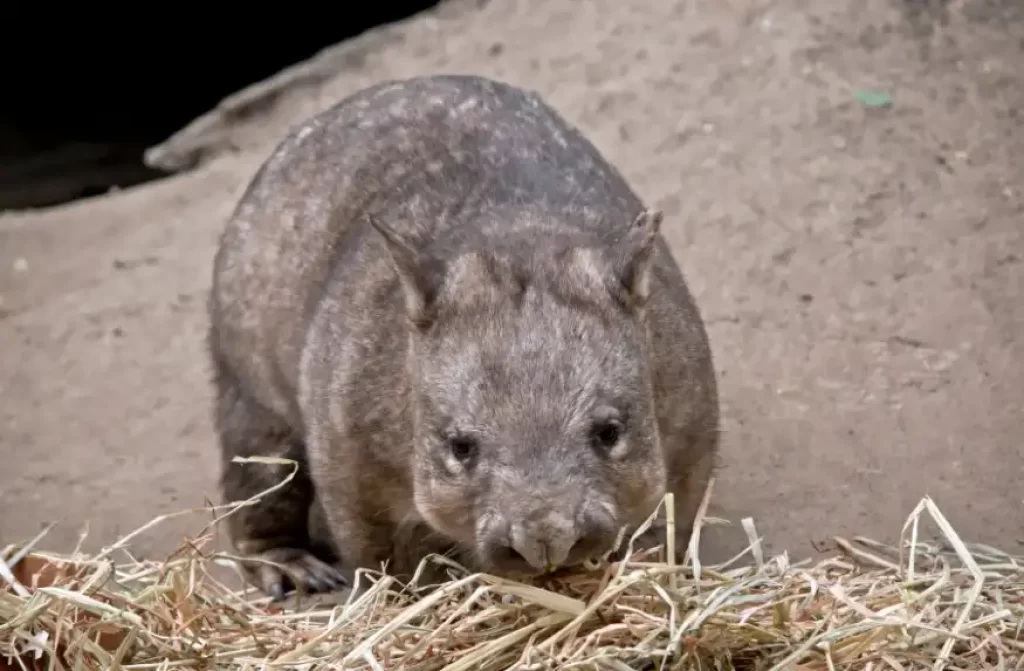
The Enigma of Cube-Shaped Poop Wombats, specifically the bare-nosed or common wombats, have captured attention for their distinct cuboid droppings. This unique characteristic has puzzled scientists for years, prompting investigations to understand its purpose and underlying mechanism.
Unraveling the Mystery: Insights from Research
The Intestinal Anatomy of Wombats Through laboratory testing and mathematical models, researchers have uncovered fascinating insights into the digestive system of wombats. Their intestines consist of two stiff and two flexible regions, with a total length approximately ten times that of their bodies.
Cube Formation
A Specialized Process Scientists have discovered that cube-shaped feces are formed within the last 17% of the colon intestine. This process involves a combination of drying and muscular contractions, which result in the distinctive corners and uniform size of wombat poop.
The Function of Cube-Shaped Poop
Communication Through Poop Wombats strategically place their cube-shaped feces in prominent areas of their home range, such as near rocks or logs. It is believed that this serves as a form of communication between individuals, conveying important information about territory boundaries, mating availability, or other social cues.
Implications and Potential Applications
A Unique Manufacturing Process The discovery of wombats’ ability to produce uniformly shaped and well-defined cubes opens up new possibilities in various fields. This innovative manufacturing process within the soft tube of the intestine could have implications for areas such as manufacturing, clinical pathology, and digestive health.
Further Mysteries and Future Research
Continued Curiosity and Exploration While significant progress has been made in understanding wombats’ cube-shaped poop, there is still much to learn. Future research will likely delve deeper into the physiological and evolutionary aspects of this unique adaptation, shedding light on the remarkable world of wombat biology.
How do wombats digest food?
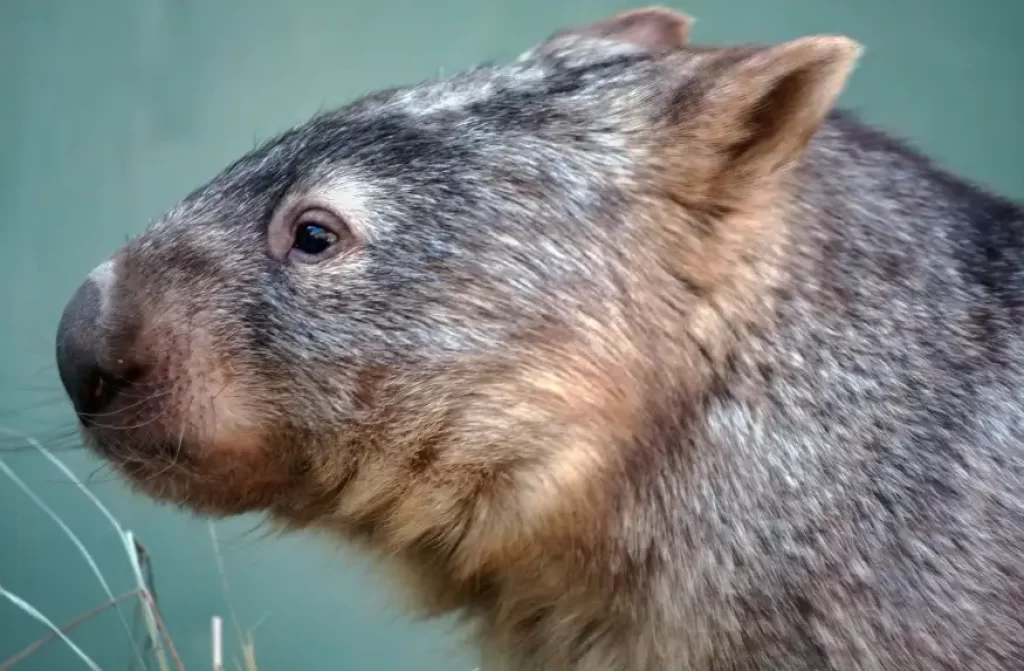
Wombats have a specialized digestive system that efficiently extracts nutrients from their plant-based diet. They are hindgut fermenters, with fermentation occurring in their large intestine. This process breaks down plant material, allowing wombats to extract more nutrients.
They have a unique ability to absorb water from their food, resulting in dry and compact feces. The muscular contractions in their colon contribute to the formation of cube-shaped poop. Wombats mark their territory by defecating in specific areas called “latrines.”
How do wombats mark their territory?
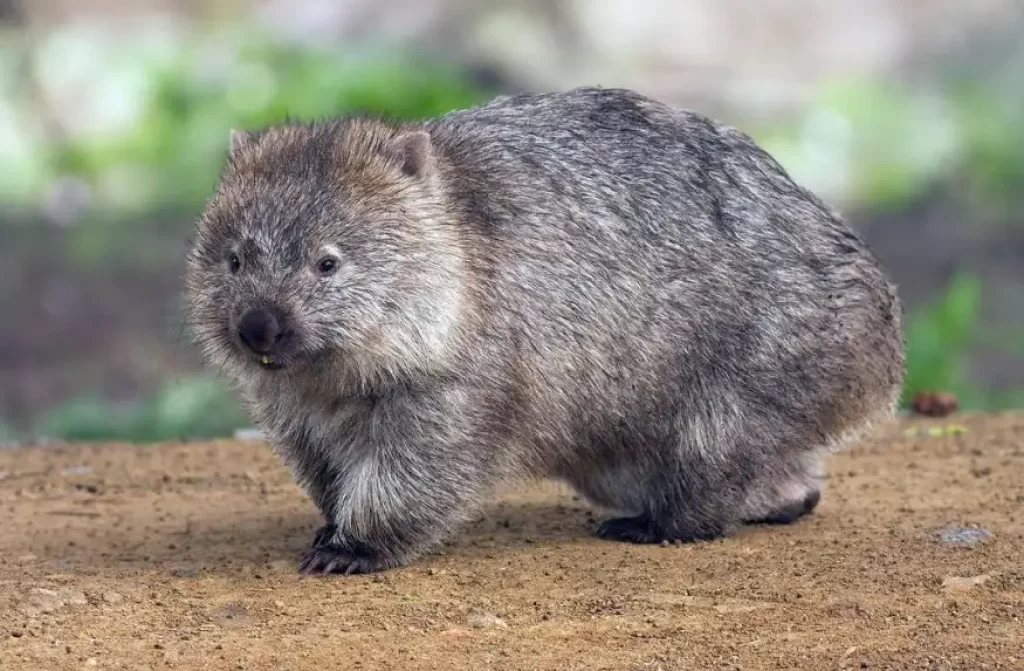
Wombats mark their territory primarily through scent marking. They have scent glands located on their rump, which secrete a strong-smelling substance known as a musk.
Wombats rub their rumps against rocks, logs, and other prominent objects in their territory to deposit their scent. This behavior helps them communicate with other wombats and establish ownership of their territory.
In addition to scent marking, wombats also use their cube-shaped feces as a form of territorial marking. They strategically place their droppings in specific locations within their territory, such as around rocks or logs. This behavior serves as a visual signal to other wombats, indicating the presence of an occupant in the area.
By combining scent marking and the placement of their distinctive feces, wombats create a multi-layered method of marking and communicating their territorial boundaries to other wombats. This helps them avoid conflicts with neighboring individuals and maintain their territories for feeding, breeding, and shelter.
What does wombat poop look like?
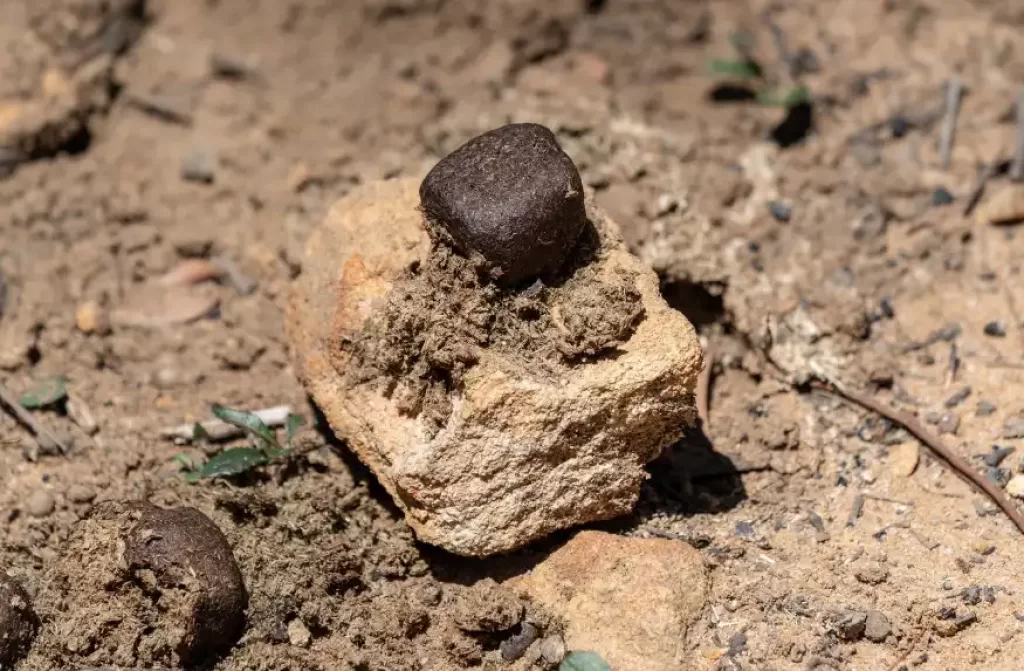
Wombat poop, also known as scat, is distinctive and unique in appearance. It has a cube-shaped form, which sets it apart from the round or cylindrical shape of feces in many other animals. The individual droppings are solid and compact, resembling small cubes.
The size of the cubes can vary but is typically around 2 to 3 centimeters (0.8 to 1.2 inches) in width. The color of wombat poop ranges from dark brown to black, depending on the animal’s diet.
Is a wombat a dirty animal?
No, wombats are not considered dirty animals. They have certain behaviors, such as digging burrows and creating latrines, that may seem messy to humans, but these behaviors are essential for their survival and well-being.
Wombats are naturally adapted to their environment and have unique characteristics that enable them to thrive in their habitats.
While they may leave droppings and dig burrows, these behaviors are part of their natural behavior and play important roles in their ecosystem. Overall, wombats are clean and well-groomed animals.
Do wombats bite humans?
Wombats are generally not aggressive animals and do not pose a significant threat to humans. However, like any wild animal, they may bite or defend themselves if they feel threatened, cornered, or provoked.
Wombats have strong jaws and sharp teeth that they use for feeding and defense. In rare cases, if a human gets too close to a wild or injured wombat, it may bite in self-defense.
It’s important to remember that wild animals should be respected and observed from a safe distance to avoid any potential conflicts. If you encounter a wild wombat, it’s best to keep your distance and allow the animal to go about its natural behavior undisturbed.
Why can’t wombats be pets?
Wombats cannot be kept as pets due to their specialized dietary needs, space requirements, and social behavior. They are protected wildlife in many jurisdictions, and keeping them as pets is illegal. It is important to respect their natural habitat and support conservation efforts.
Conclusion
The revelation of why wombats poop cubes is a testament to the wonders of nature and the intricate adaptations that different species develop. Through scientific inquiry and innovative research techniques, we are slowly uncovering the secrets behind this peculiar phenomenon, deepening our understanding of these fascinating marsupials.
Up Next:
